How to Successfully Apply the Inspiration in Design Thinking
In the last few decades, there were different models for the design thinking process that have been introduced such as the d.school design thinking, IDEO human-centered design, double diamond, IBM design thinking, Google design sprinting and others. Noticeably, these models share a similar flow of phases that starts with understanding the problem addressed, reflect it in a form of a prototype and ends with the product or service release and measuring outcomes.
Although, you may find different names for the stages, but all the design thinking processes tend to introduce an inclusive model that consider building an effective problem solution while considering the consumer in the heart of the development process. Accordingly, these processes share the following characteristics:
Reflective – it clearly aims to understand the consumer’s problem and reflect it in a form of a design challenge or a brief that can later be transformed into a prototype
Iterative – both the team and clients contribute to an on-going improvement for the created prototypes in order to reach the most efficient solution output
Measurable – Even after the product is released to the market, its success is measured and feedback is collected to evaluate its efficiency and use the feedback in improving the future versions of the product
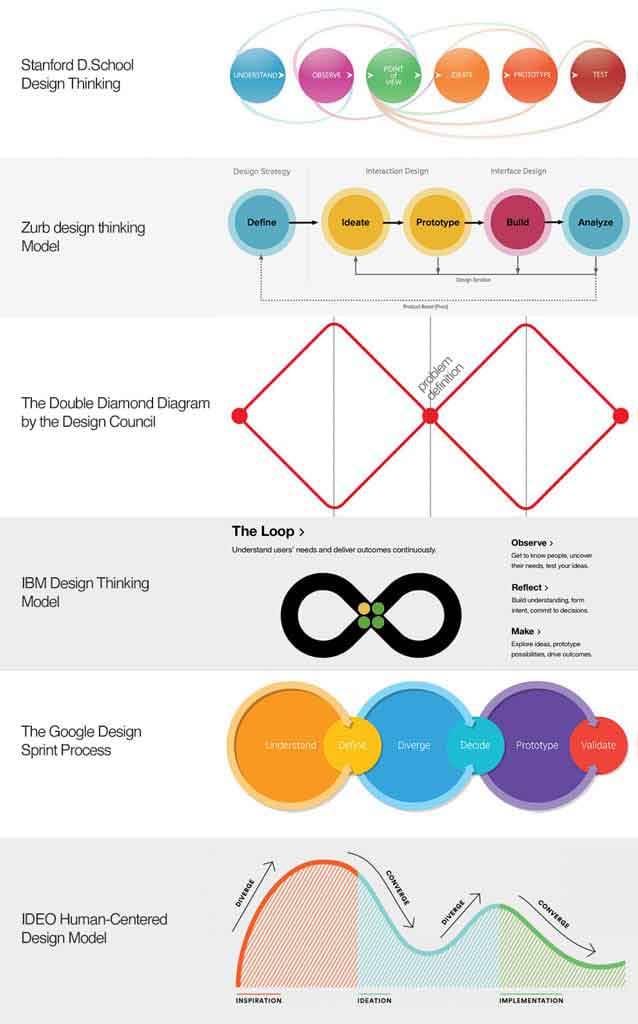
Related articles:
- Design Thinking Guide: What, Why and How
- How Design Thinking Reshaped Microsoft Products
- How Design Thinking Approaches Problems
Design Thinking: Inspiration
In our previously published Design Thinking Guide, we explored different processes and the stages flow in each model. So, how can we conduct each stage? And what are the tools that we can use in each stage? Here, we follow a generic design thinking process that, according to the Stanford D.school and IDEO models, include three main phases; inspiration, ideation, and implementation. We are going to start with the first phase; the inspiration.
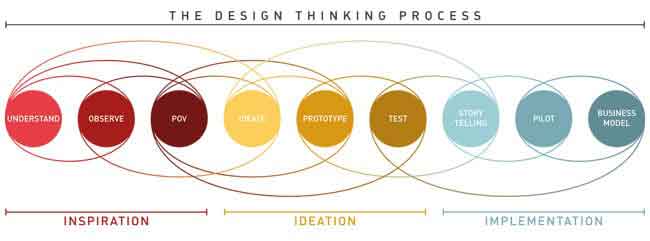
One of the essential steps to conduct before starting the inspiration phase or at the beginning of it is to clearly set up the project need to be covered during the following phases. This includes defining the challenge, forming the team and conducting a secondary research as following.
Defining the Project
At the beginning of the project, there should be a clear understanding of what we need to do. Answering this question can be visualized in a form of a design challenge and a project plan:
- The design challenge is a simple statement that frames the project challenge and answers the question about what is the problem need to be solved? Reaching the design challenge may involve brainstorming in order to reach the clearest definition of the solution need to reached. For example, Improving the public transportation experience for elders, or lighten houses in rural areas.
- The project plan turns the challenge into an effective project though defining the different elements such as the timeline, meetings dates, budget, staff and the different tasks and who is going to do each task.
Building the Team
The team should be an interdisciplinary team that reflects the different departments working in the project and management representatives in order to have a clear vision about all the required tasks, challenges that may face the project and keeps everyone on the same page. According to the Design Thinking at Apple Case Study, developing a new product require the assembly of a team that represents the different departments to work on new product ideas.
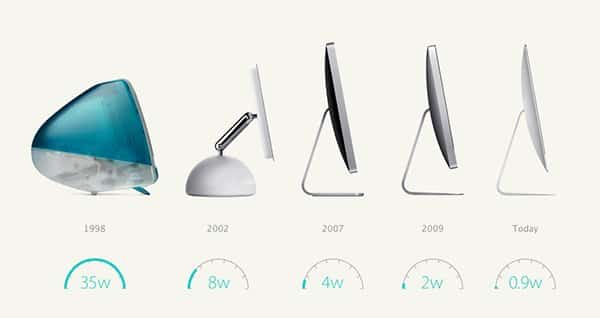
Secondary research
the secondary research aims to investigate the existing resources about the challenge need to be addressed through existing researches, projects, local news, and existing raw data. Conducting the secondary research is crucial to identify the validity of the challenge and if there are any literature solutions. This can help us to determine if we can move forward with the project and reduce the cost of the primary research.
Primary Research
The primary research refers to the original research conducted by the team to investigate the consumer needs regardless any previous literature researches. While there are various of methods that can be used over the course of conducting a primary research. qualitative research methods such as interviews, focus groups, and observation are efficient tools to build an empathic experience about the consumer’s needs and experience.
Interviews
You can use the interviews to not only get answers to questions but also to build an idea about the user experience through watching the consumers talking and observing their body language. In order to conduct an effective interview 1) the research team should be experienced enough to collect the data based on the attendees’ answers and their impressions, 2) the attendees should a representative field sample the reflect the end user, and 3) the interview questions should be chosen wisely to answer the targeted questions. Opening questions or general questions are helpful to put the consumer in the loop before jumping to more detailed questions.
While the individual interviews can give an in-depth understanding of the consumer through visiting them in their houses and workplace, it is expensive and time-consuming to meet with each person individually.
Group Interviews
The group interviews include more than one participant to hear different voices and diversity of opinions. Although it is less expensive and time-consuming comparing with the individual interviews, it doesn’t give insight view about the participant life and experience.
Observation (Immersion)
Observation is one of the essential tools in the primary research can allow the design research team to involve with the consumer life by actually being part of it. The team may travel to consumer’s place and see how they use the different products and take notes based on their observation. While it is one of the expensive tools especially if the consumer is living in another country, it can help designers to build their solutions upon real knowledge their saw and experienced base on their field trips. IKEA design process provides a successful example of using observation to understand their consumers.
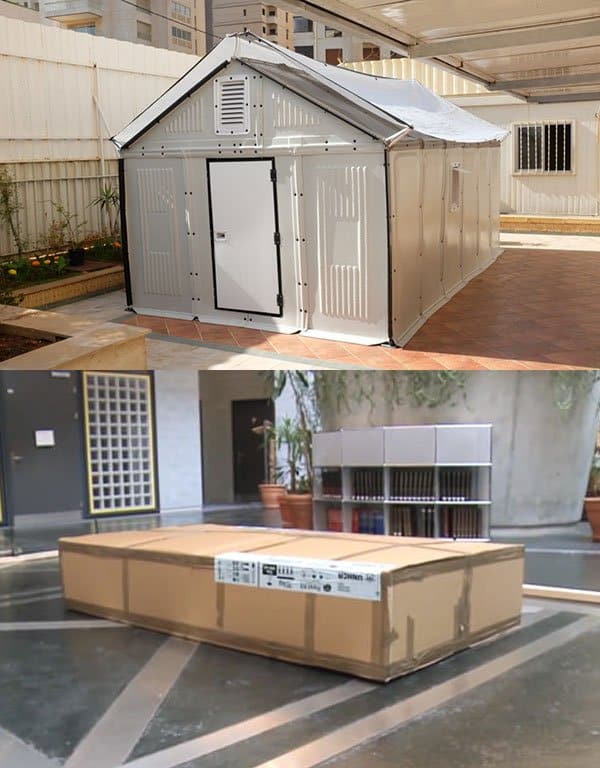
The inspiration phase is where the team conducts the design research that can be considered the core of all the news phases. By the end of this phase, the team should have a clear understanding about the design challenge need to be addressed, a project plan for the timeline, budget, and team. This stage is crucial to ensure the success of the project as it is considered a pivot point where the different stages need to use to during the measurements and iteration after each of the ideation and implementation phases.

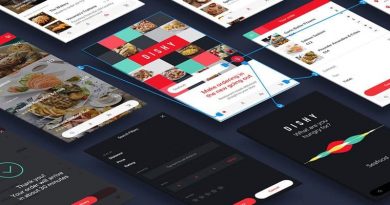
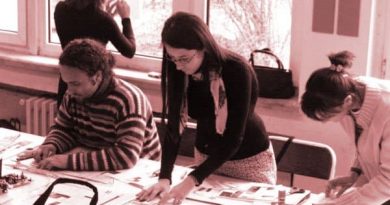




would love to see a higher-res image where one can actually read the text 🙂